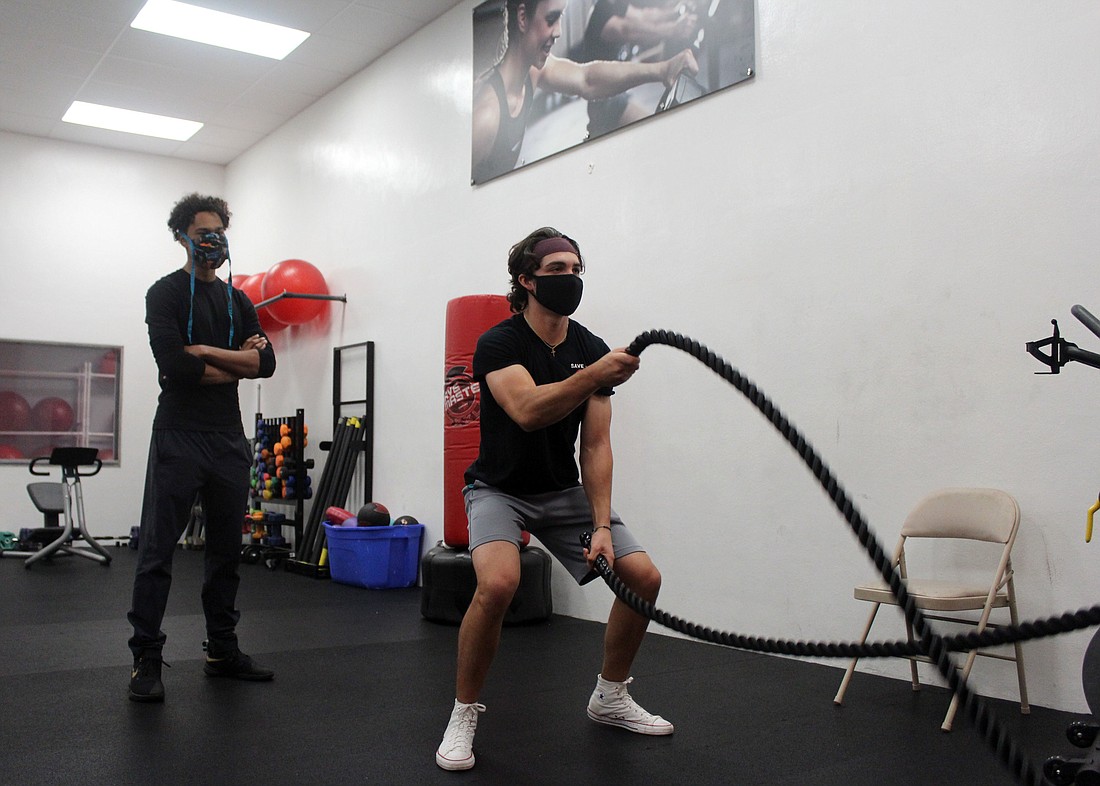- April 24, 2024
-
-
Loading

Loading

As local school children have been out of brick-and-mortar schools since March, they and their parents have had to rethink how to fulfill daily aspects of life, such as school work and socialization with friends.
But there is perhaps one segment of daily school life that has been overlooked: exercise.
While at school, students get exercise from physical education courses, recess, extracurricular activities and even transitioning between classes. But working from home for two months followed by an extended summer break might have created unhealthy habits for children
Guidelines from the Department of Health and Human Services state that children age 6 and older need at least one hour a day of physical activity, with most of the hour dedicated to moderate or vigorous aerobic activity.
Typically, this is fulfilled by Florida Department of Education standards that require 150 minutes of physical education weekly for students in kindergarten through fifth grade. However, while students remain at home, they might lack the motivation to get up and move one hour a day.
Nick Metcalfe, the sports and camp coordinator for the Berlin Our Y and teacher of the Y’s Fit Kids program, said that parents should strive to set goals and healthy habits for their children, not just for now but also to create a healthy habit going forward.
“When it comes to children and exercise, just fitness in general, it is one of the key most important steps for them, especially when it comes to development,” Metcalfe said. “If they’re not doing daily exercises or an activity every day, it’s not going to help them when it comes to developing muscles and strong bones.”
Research from Centers for Disease Control and Prevention shows that about 24% of U.S. children ages 6-17 participate in 60 minutes of physical activity every day.
The CDC research states that regular physical activity can help children improve cardiorespiratory fitness, build strong bones and muscles, control their weight, and reduce symptoms of anxiety and depression.
Further, regular adolescent exercise reduces the risk of developing such conditions as heart disease, cancer, Type 2 diabetes, high blood pressure, osteoporosis and obesity.
Aside from health benefits, children who are physically active tend to have better grades, cognitive performance and school attendance.
“If you have a lot on your mind, or you’re stressed out, physical activity can help release that, which helps students focus back on school,” Metcalfe said.
He said it’s important for parents to help set healthy habits as well. HHS reports that less than 5% of U.S. adults participate in 30 minutes of physical activity daily.
“Culturally, we have been very inactive in recent years and even more so in recent months,” he said. “If you’re an adult, and you have health practices, your child is more likely to follow the same footsteps as you, so it relies on the parent to be a good influence.”
No matter what exercise parents choose to integrate into their family’s lives, Metcalfe said it’s best to start off slow.
“The first day you work out, you won’t be able to do the things you were able to do 10 years ago,” he said. “You could actually end up hurting yourself rather than do good, so take it on a day-to-day basis.”